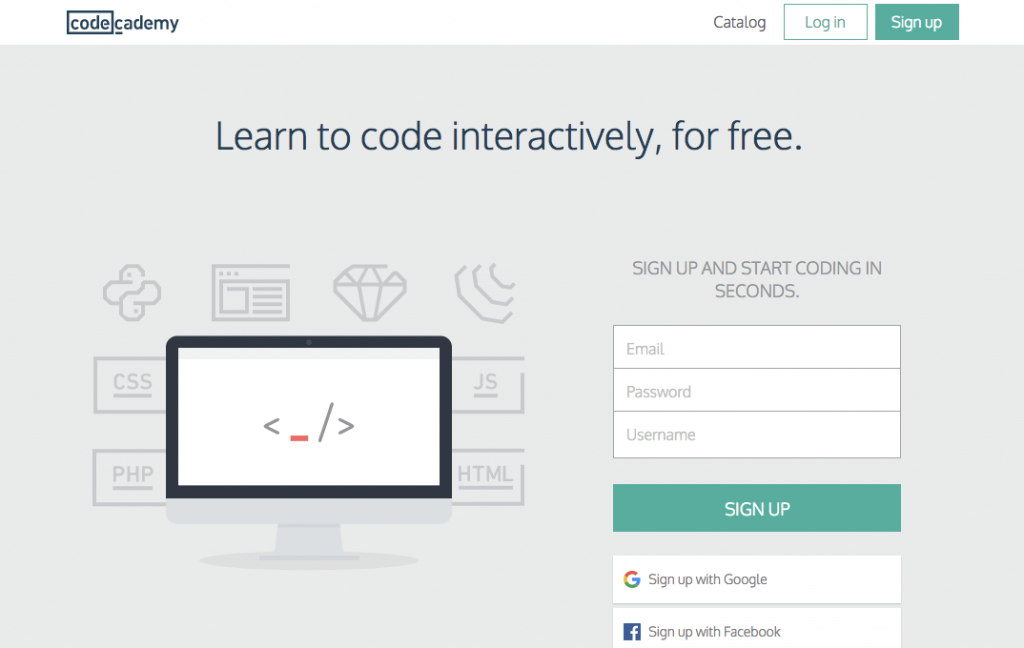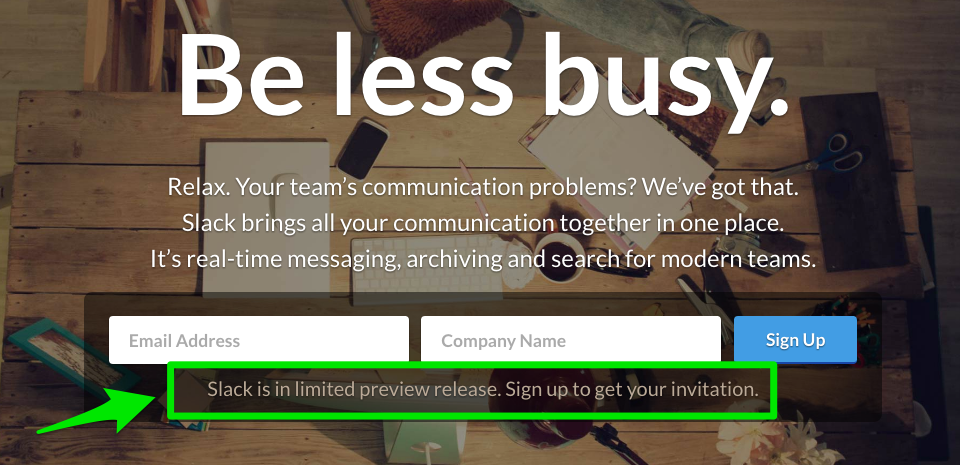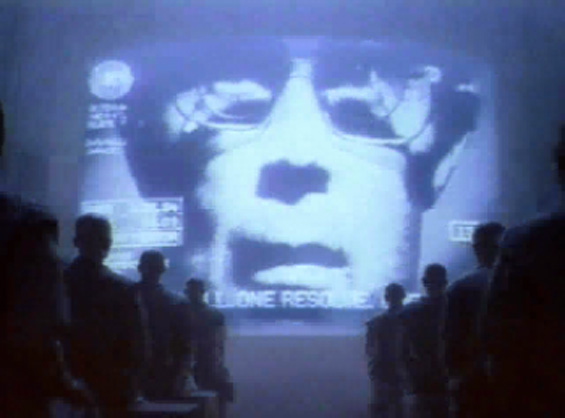 Before a business begins marketing a product, it’s up to them to create a powerful buyer persona for targeting a specific audience. After finding an ideal customer, it’s essential to apply the correct techniques. Whereas many business owners spend a ton of money hoping it’ll pay off and they’ll have tons of new subscribers and ultimately customers, some forget that there are many no-cost methods out there. Many of these methods can be used during different stages of a business. While developing a business securing a customer base is essential, and luckily with a phone, printer, and device to hope on the internet, it’s possible to put together an excellent marketing campaign without having to spend a ton of money. Some of these techniques may seem unusual, but they will garnish attention from customers fast.
Before a business begins marketing a product, it’s up to them to create a powerful buyer persona for targeting a specific audience. After finding an ideal customer, it’s essential to apply the correct techniques. Whereas many business owners spend a ton of money hoping it’ll pay off and they’ll have tons of new subscribers and ultimately customers, some forget that there are many no-cost methods out there. Many of these methods can be used during different stages of a business. While developing a business securing a customer base is essential, and luckily with a phone, printer, and device to hope on the internet, it’s possible to put together an excellent marketing campaign without having to spend a ton of money. Some of these techniques may seem unusual, but they will garnish attention from customers fast.
Tech.co provides two excellent examples on how to win over customers, and that’s through giveaways and handwritten notes. Never underestimate the power of handwritten notes because they stand out to a customer and make them feel appreciated. The same goes for giveaways because who doesn’t like getting free stuff?!
Giveaways
We started to recently give away a one-year-free package for our product on a daily basis. This costs us pennies in comparison with the traffic and signups that we’ve gotten. I think it works because everyone wants something for free. Many people have a lot more time than money and are willing to ‘work’ for their free prize, which we’ve proved with thousands of new signups.
– Peter Daisyme of Due
Handwritten Notes
Sending handwritten notes to team members and clients goes further today than at any other point in history. There was a day not too long ago when receiving an email was exciting: Your computer would announce ‘You’ve got mail’ and you would run to see what had arrived. Today, a handwritten note cuts through the digital clutter and is received with a similar anticipation.
– Christopher Kelly of Convene
Neil Patel hits the ball out of the park by suggesting that creating a clever video is one thing, but making your product the focal point by creating a challenge that customers need to solve is what will really work.
One of the biggest problems with viral marketing is that it’s often difficult to tell exactly what the company has to offer.
If you create a video that everyone loves, you might suffer a lack of recognition. A clever video might not necessarily explain your product or even direct viewers to buy.
So, what’s the solution? Make your product the focal point of the viral marketing campaign you decide to run.
Codecademy challenged people to learn to code as their 2012 New Year’s resolution. Since learning to code was easiest to do on their platform, it became a viral success.
Codecademy’s New Year’s campaign led to the site growing to its massive current user base.
To make this work, try to find the exact need your product solves, and turn it into a challenge for others to solve that need. They’ll think of your startup when they do.
Neil Patel also recommends setting up an exclusive beta version of your site. A beta version of a website entices people and makes them feel special that they have access before anyone else does. You may also release limited products on your website as well to secure customers and make them want to come back for more when your website is open for everyone else to see.
It’s a part of human nature: We want what we can’t have.
By using a beta when you open your startup to new users, you can create a sense of exclusivity about your product, and get raving fans to sign up first.
This has been used by a huge number of startups to get their first users. Back in 2013, the Slack homepage indicated that you had to get an invitation to use their product.This is a strategy that’s also been used with other startups like PayPal and Pinterest, and it’s one you can start using easily to promote your product.
Have you been effectively using a call to action when reaching out to potential customers? Chron says that customers are more likely to respond to a call to action because it gives them instruction on what to do next in a direct, yet effective way.
Ensure that all of your marketing and sales efforts include a call to action. A call to action is a statement that tells prospects and customers what they need to do next. For example, at the end of a brochure, you may include a statement that says, “Call 305-555-1111 today for your free consultation.” Never leave it to chance that customers know what they should do next. Decide what you want them to do, and then tell them.
Chron also mentions that most companies focus on the features of their products when they should be focusing on its benefits instead. Demonstrating or writing about how a product will benefit a customer is far better than just talking about all of its features.
Emphasize benefits instead of features. Many companies make the mistake of promoting the features of a product or service, instead of how the product or service benefits the customers. Customers tend to be egocentric, so they are interested in knowing what’s in it for them. Tell them how your product or service benefits them, rather than focus on how it benefits you. Always include these benefits in your marketing and sales information.
You may think that flyers and posters are things of the past, but announcements and advertisements still get noticed. It’s all about how you present the information and Investopedia also says that offering a coupon code or discount can also help.
Flyers
This is the carpet-bombing method of cheap advertising. You find an area that you would like to do business in, and you distribute flyers to all the mailboxes within reach. Your flyer should be brief and to the point, highlighting the services you offer and providing contact information. Offering a free appraisal, coupon or discount never hurts.
Posters
Most supermarkets, public spaces and malls offer free bulletin board space for announcements and advertisements. This is a hit or miss method, but you should try to make your poster reasonably visible and have removable tabs that the customers can present for a discount. Make each location a different color so that you can get an idea from the tabs where the most leads are being generated. If there is one area that is producing the majority of your leads, you can better target your campaign (flyers, ads in local media catering to those areas, cold calling, etc.)
When marketing through content, remember that effective advertisements are what will win customers over. Writtent provides the example of the 1984 Apple ad that was expensive for them to make, but it paid off big time. The ad established the power of their brand and created a sense of urgency for customers to buy and believe in their products.
Most readers will recognize the video advertisement above, which catapulted Apple into its current position as a major player in the technology scene in the early 1980’s. It isn’t the most expensive ad ever created, and it only ran once during the Super Bowl. However, an expert panel recently named it the most powerful advertisement ever created.
Why? Simply put, it makes viewers passionate about Apple’s product, and defines the brand’s position as a company that caters to creative rule-breakers. Content marketers can achieve the same affect by taking a stand, and effectively targeting their work to hit a home run with their ideal audience.
Establishing your most important metrics is imperative when setting up and hoping for a profitable company. You need to know your audience and how to target them to succeed. Sprout Social also reminds business owners that keeping track of your metrics is one thing, but how you use them to learn more about your brand is where many go wrong. Interpret metrics correctly to help your brand take off.
While your targeted social media metrics might be the most important step of a strategy, it’s often the spot most veer off the path. Vanity metrics like follower count and likes are always good to measure, but does it tell you the whole story of your brand on social media?
We often get wrapped up in viewing followers and likes as the truth to a campaign, but it’s smart to take a step back and evaluate the social metrics associated with your overall goals.
Engagement metrics sometimes paint a better picture, because as we’ve mentioned many times here, building lasting relationships works on social. Large audiences and likable content is absolutely great, but here are some other metrics you might want to pursue in 2018:
Reach: Post reach is the number of unique users who saw your post. How far is your content spreading across social? Is it actually reaching user’s feeds?
Clicks: This is the amount of clicks on your content, company name or logo. Link clicks are critical toward understanding how users move through your marketing funnel. Tracking clicks per campaign is essential to understand what drives curiosity or encourages people to buy.
Engagement: The total number of social interactions divided by number of impressions. For engagement, it’s about seeing who interacted and if it was a good ratio out of your total reach. This sheds light on how well your audience perceives you and their willingness to interact.
Hashtag performance: What were your most used hashtags on your own side? Which hashtags were most associated with your brand? Or what hashtags created the most engagement?
Sources: Investopedia, Tech.co, Chron, Writtent, Sprout Social, Neil Patel
[adrotate group=”6″]
CHALLENGE Yourself to Profit!
Free Download: Build Your Profit-Generating Online Business With This Free Blueprint
Sign Up, follow the easy steps and You'll get the tactics, strategies & techniques needed to create your online profit stream. It's free!
[adrotate group=”5″]




